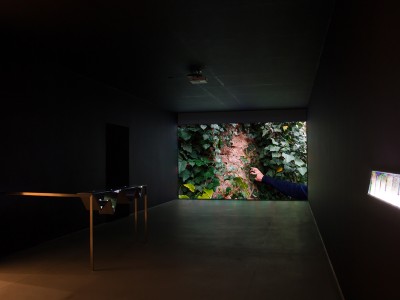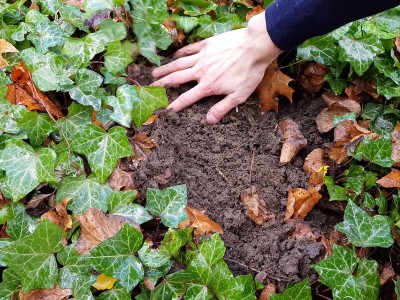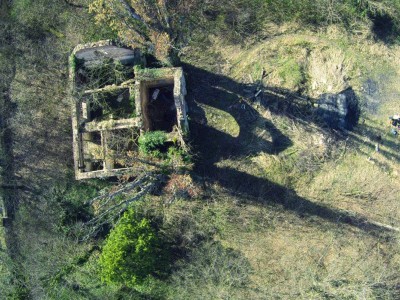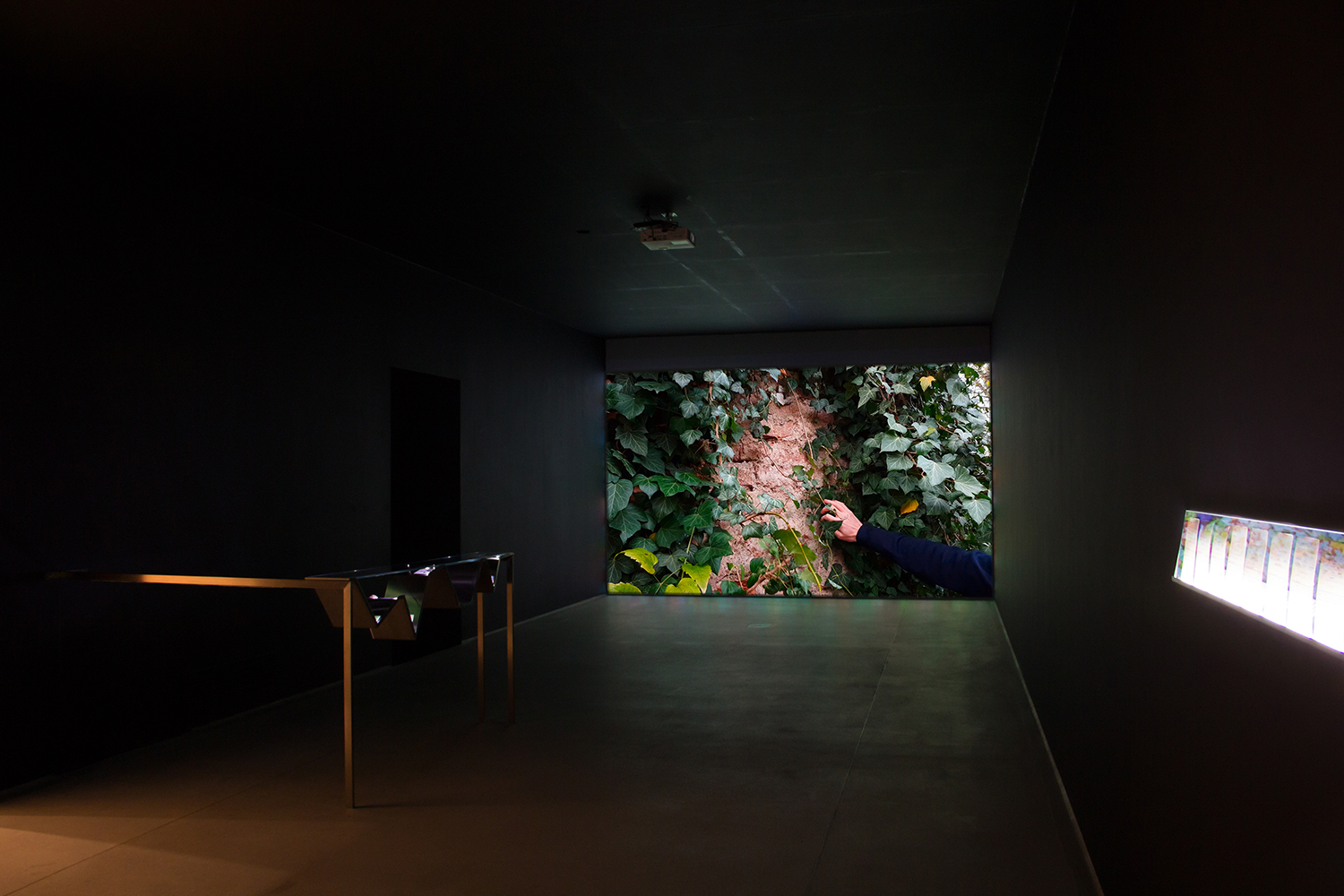
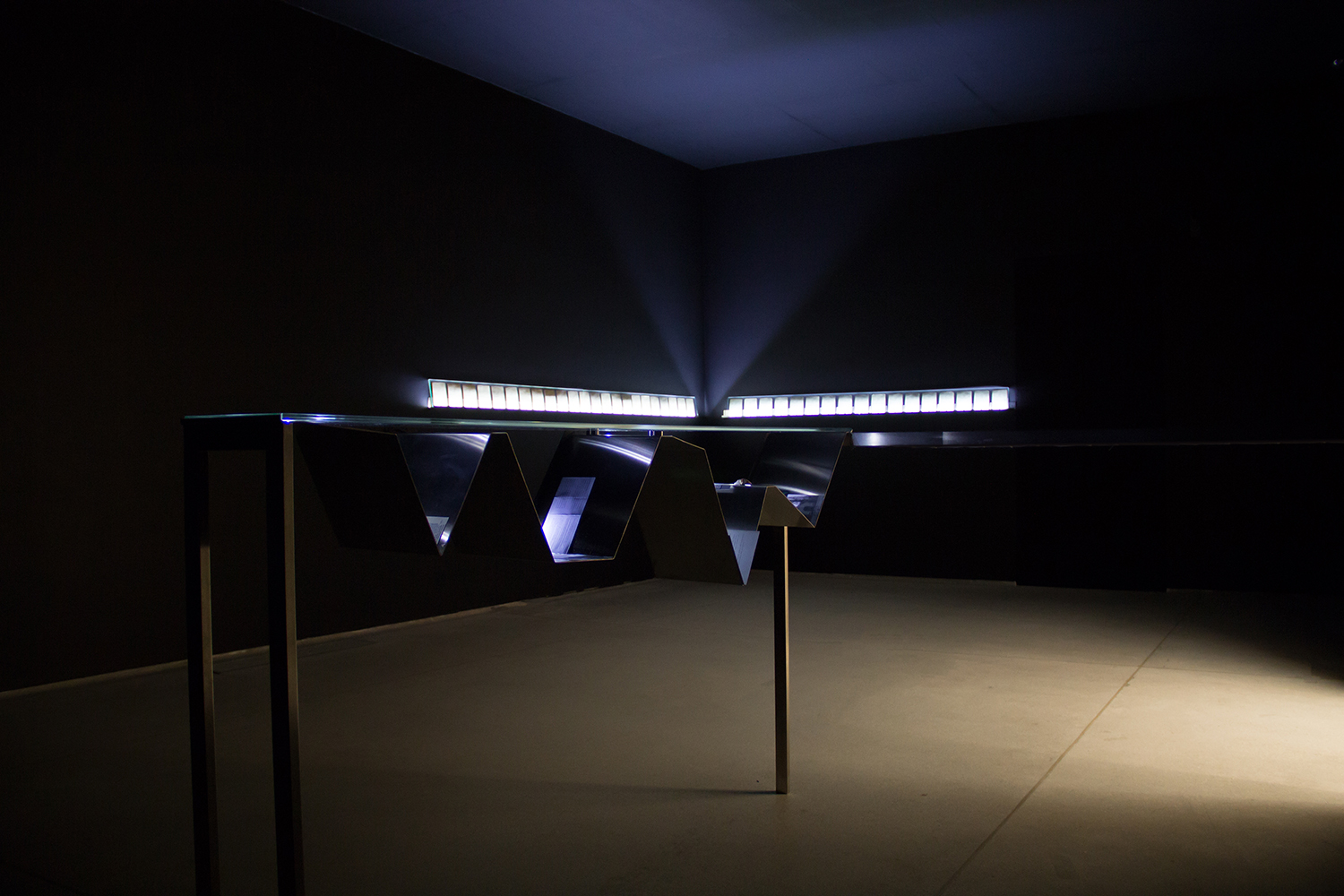
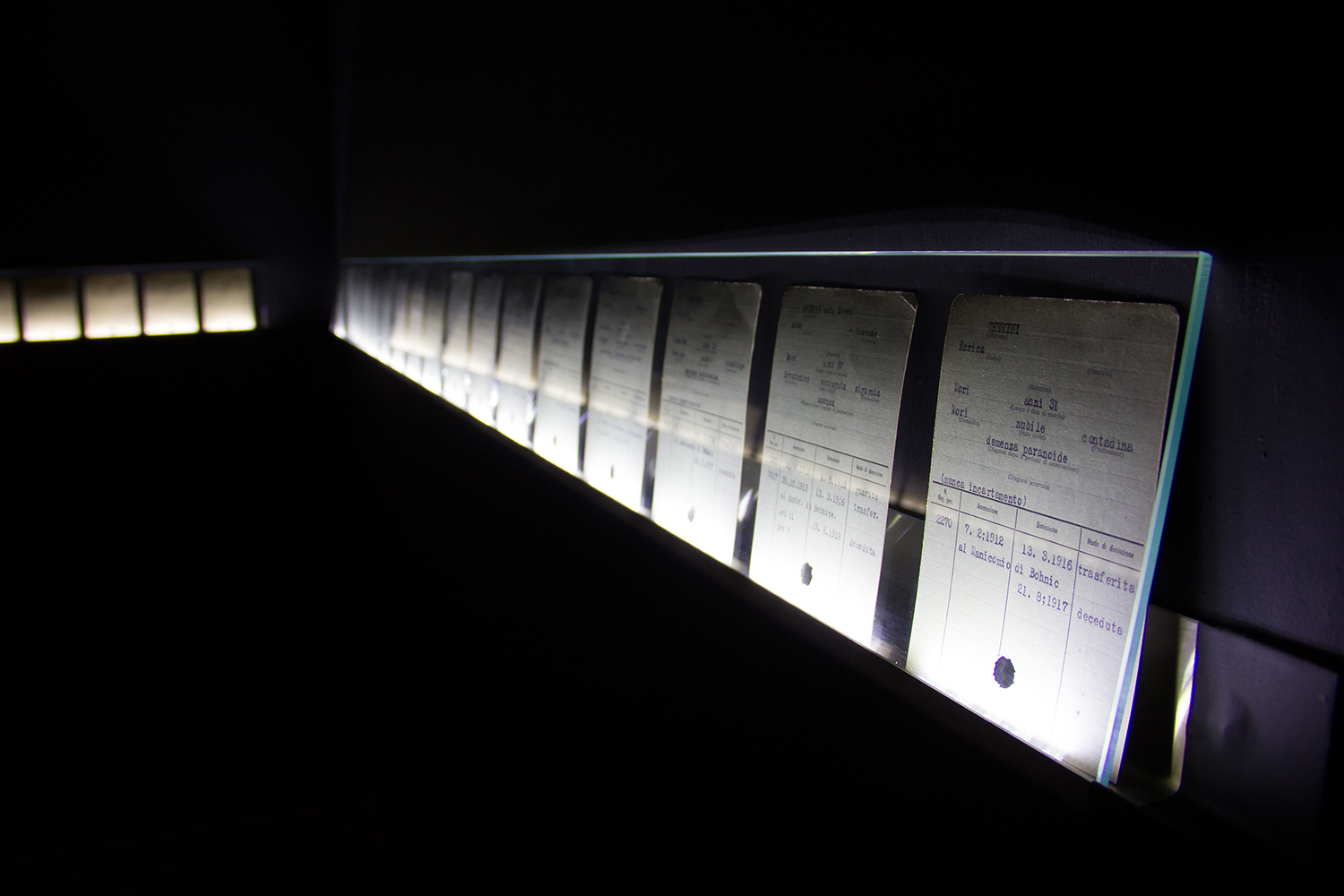
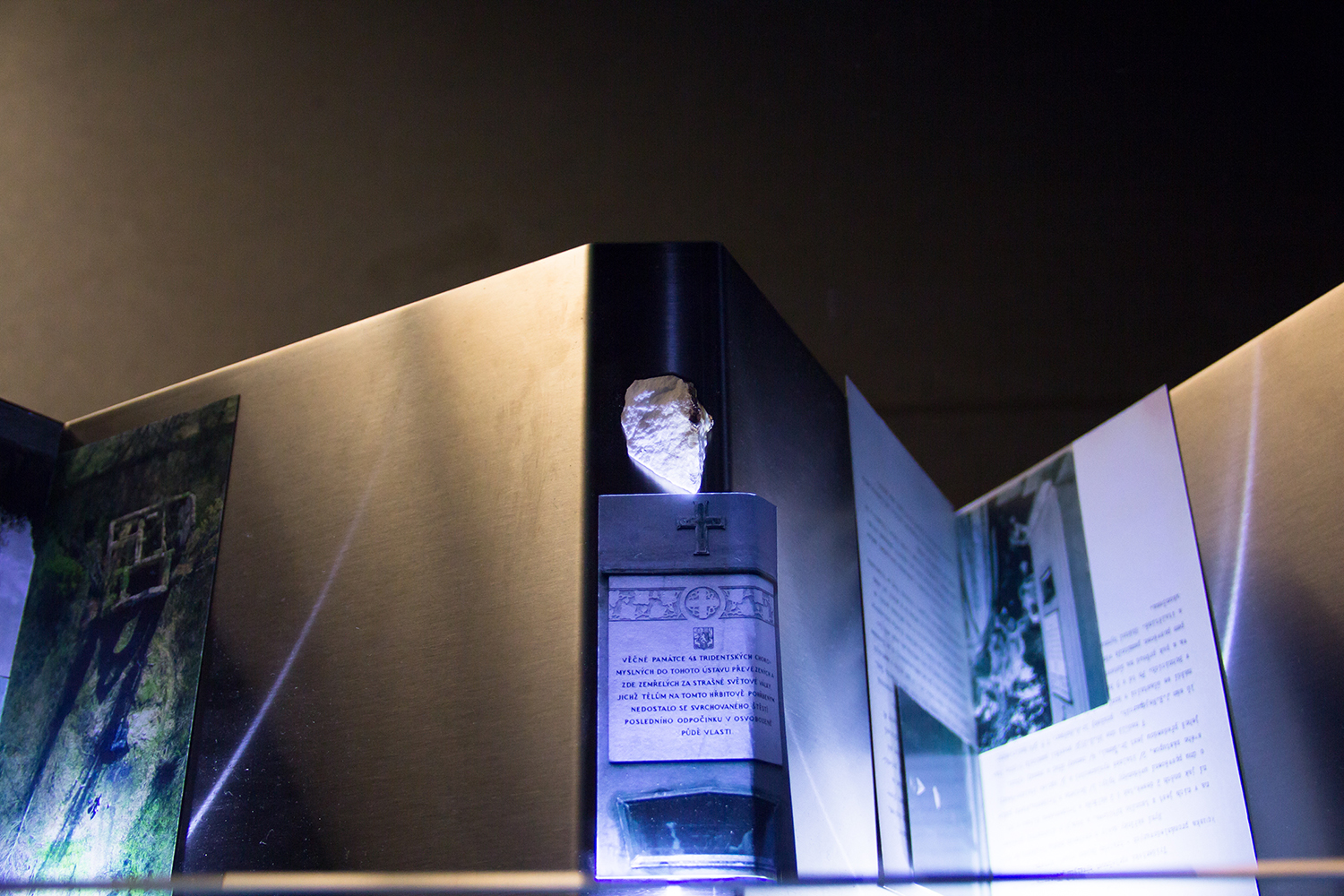
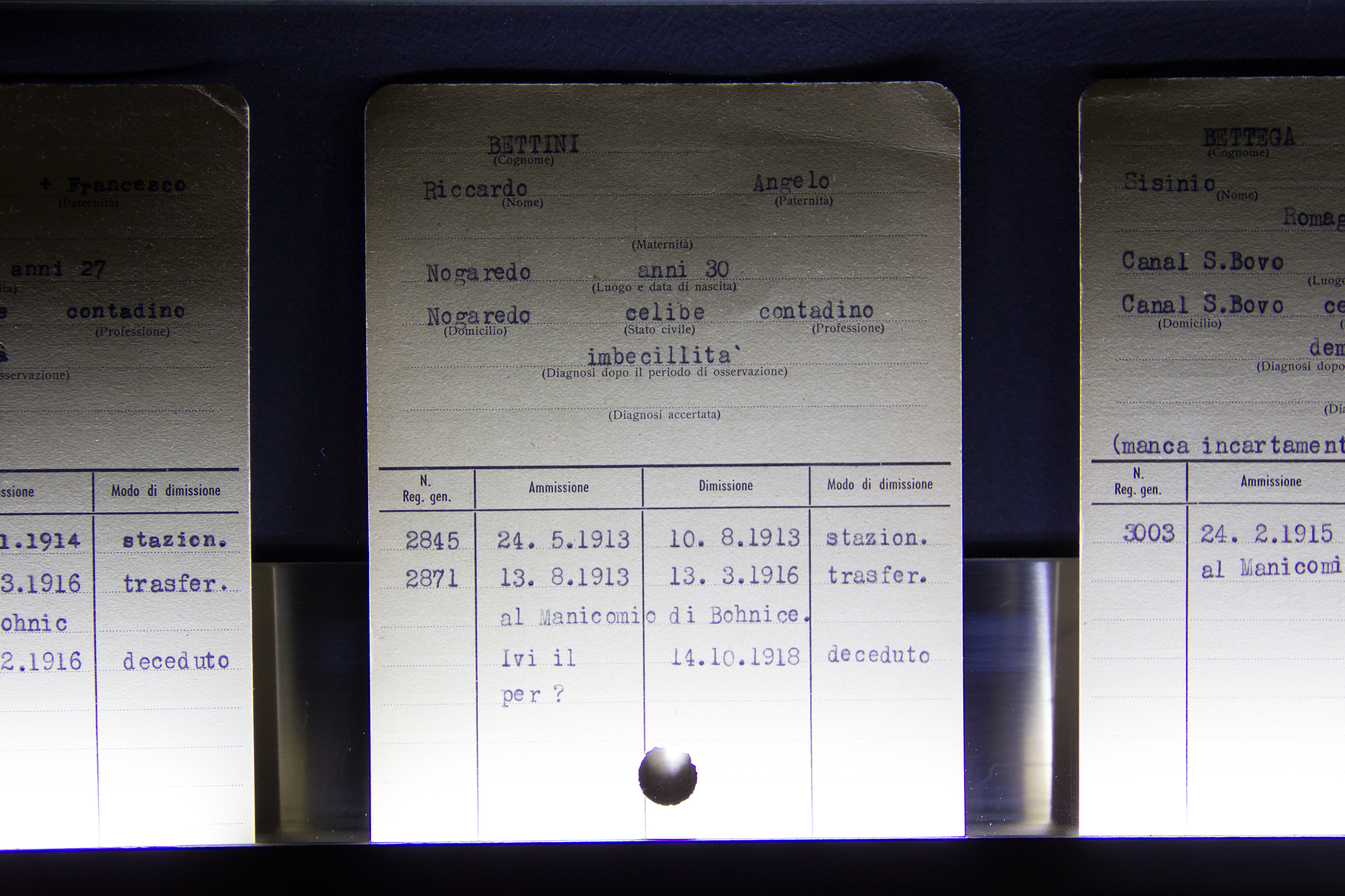
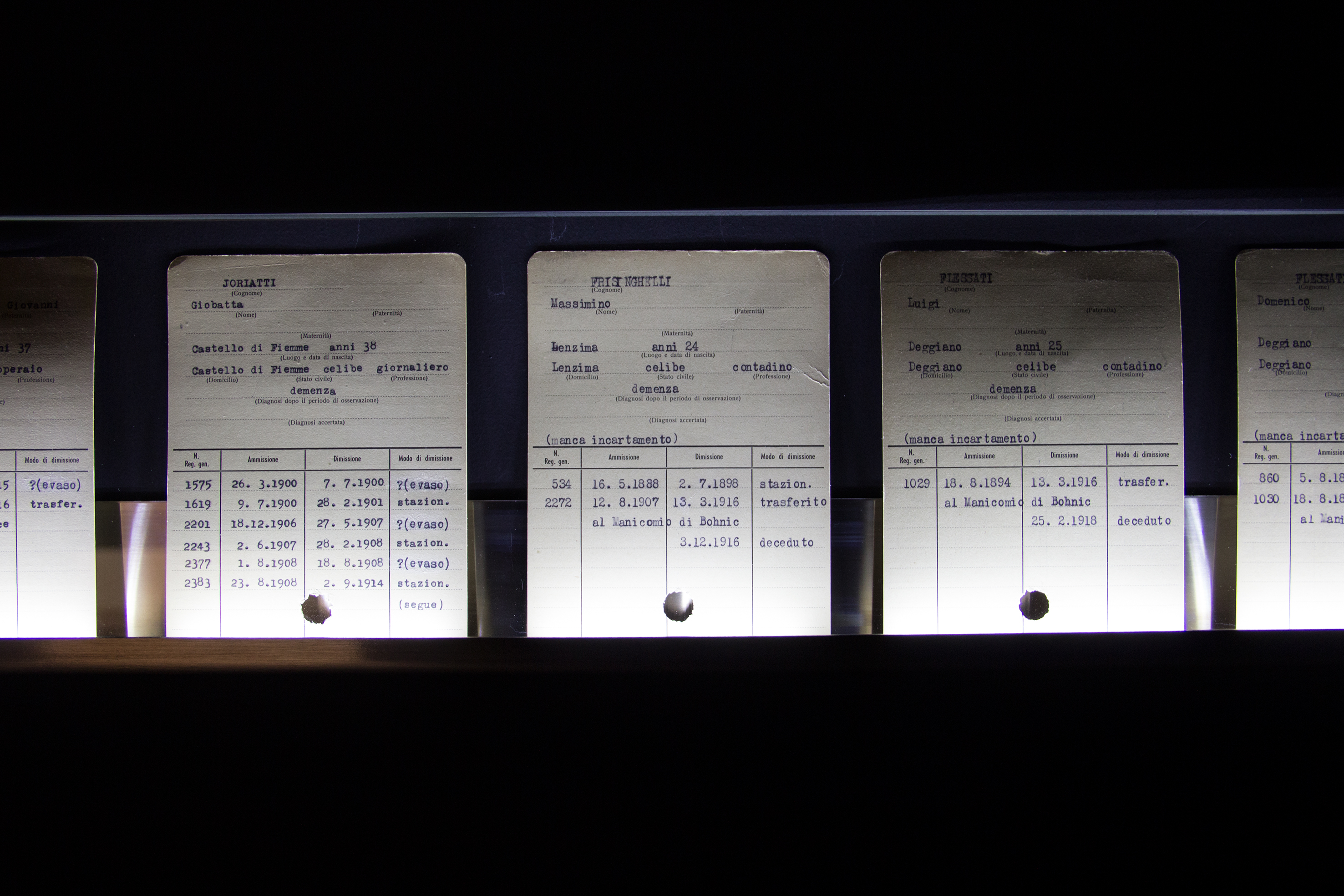
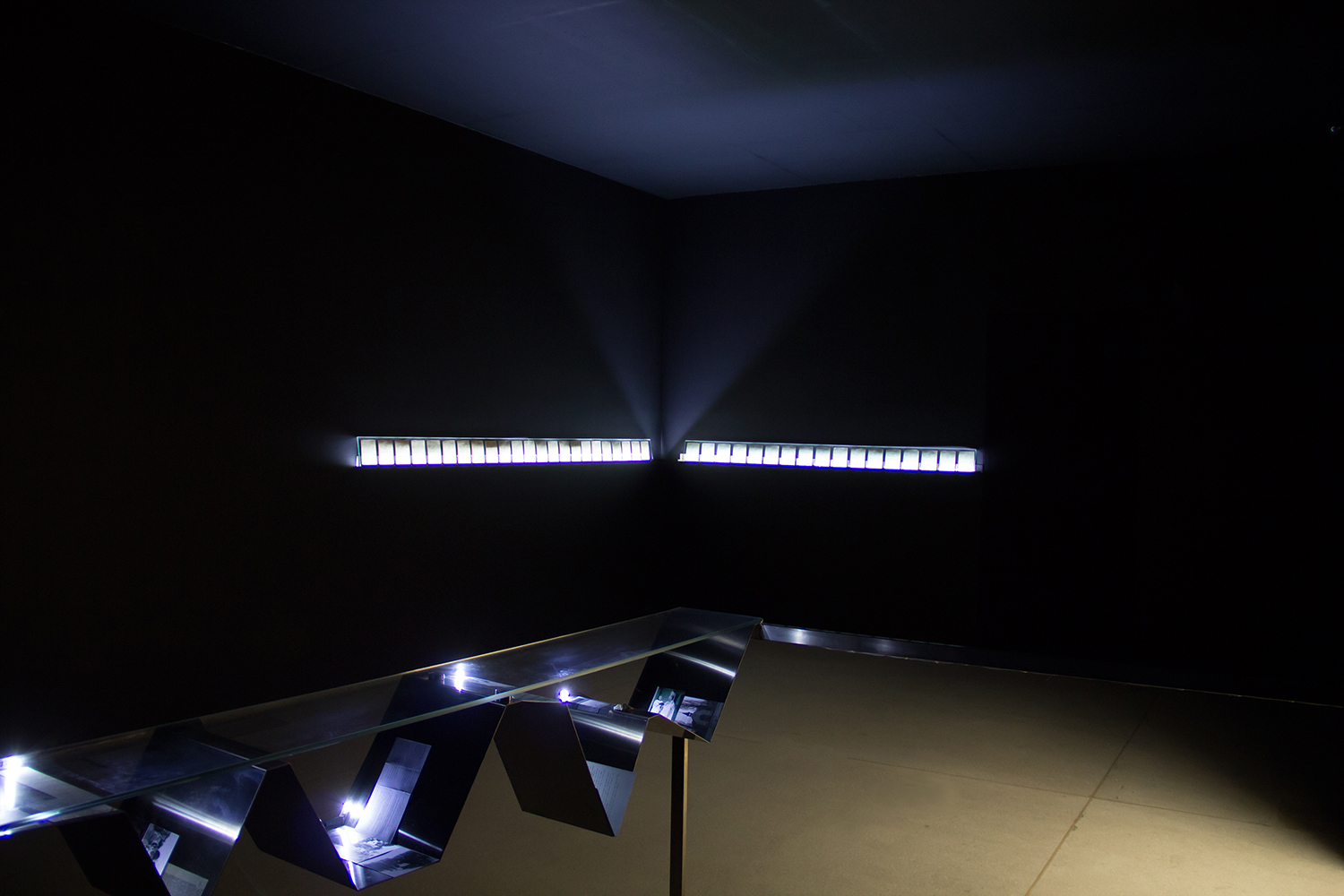
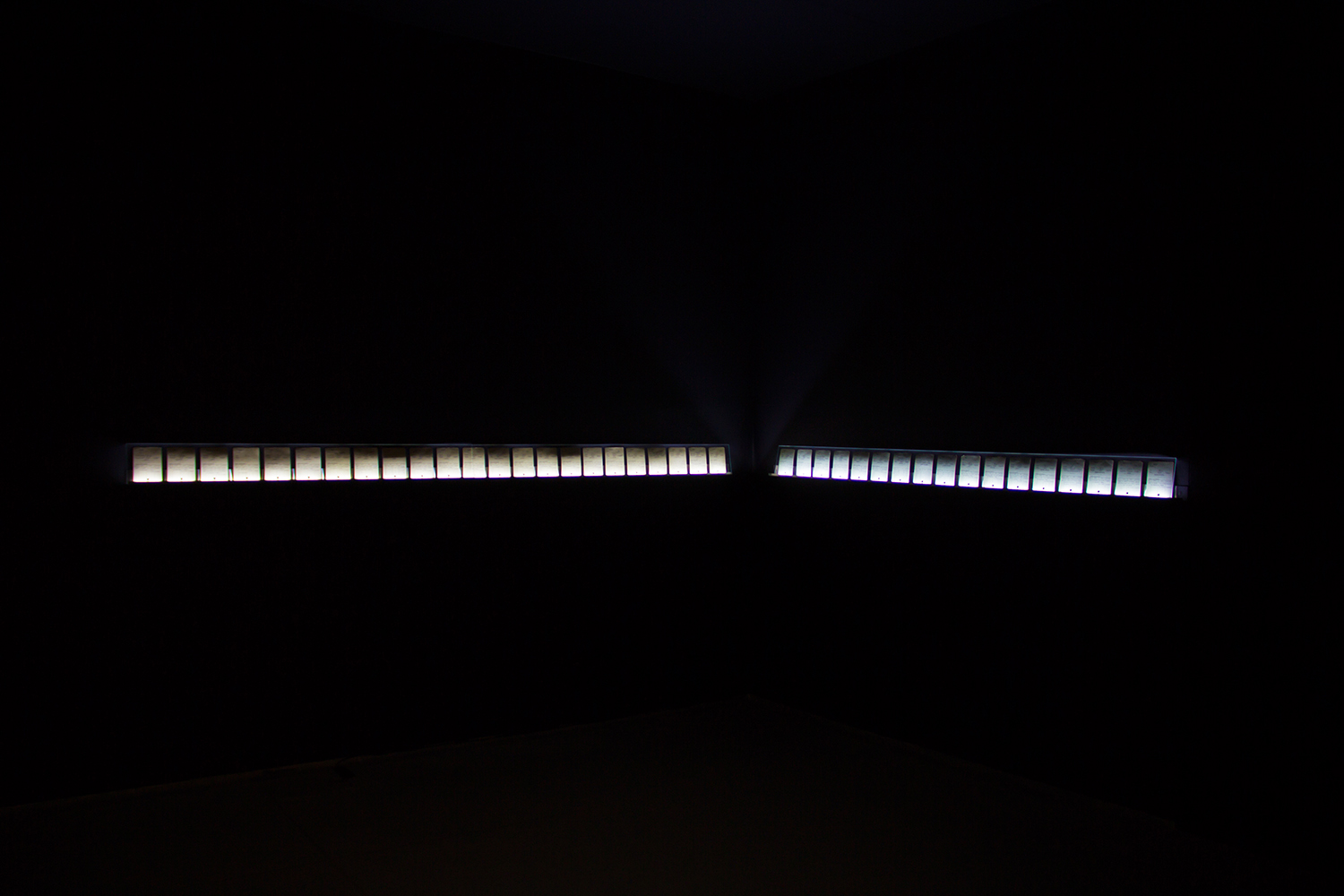
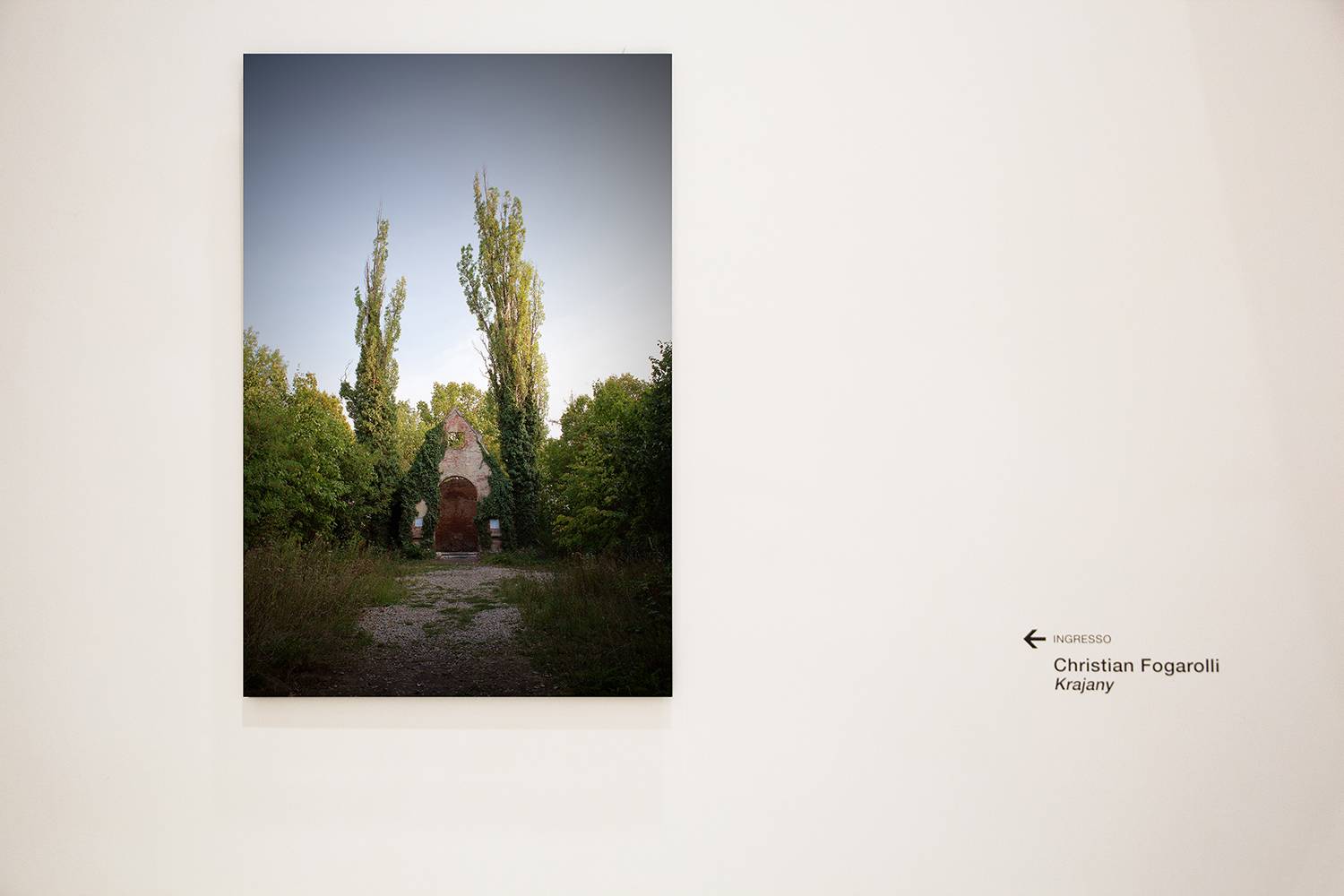
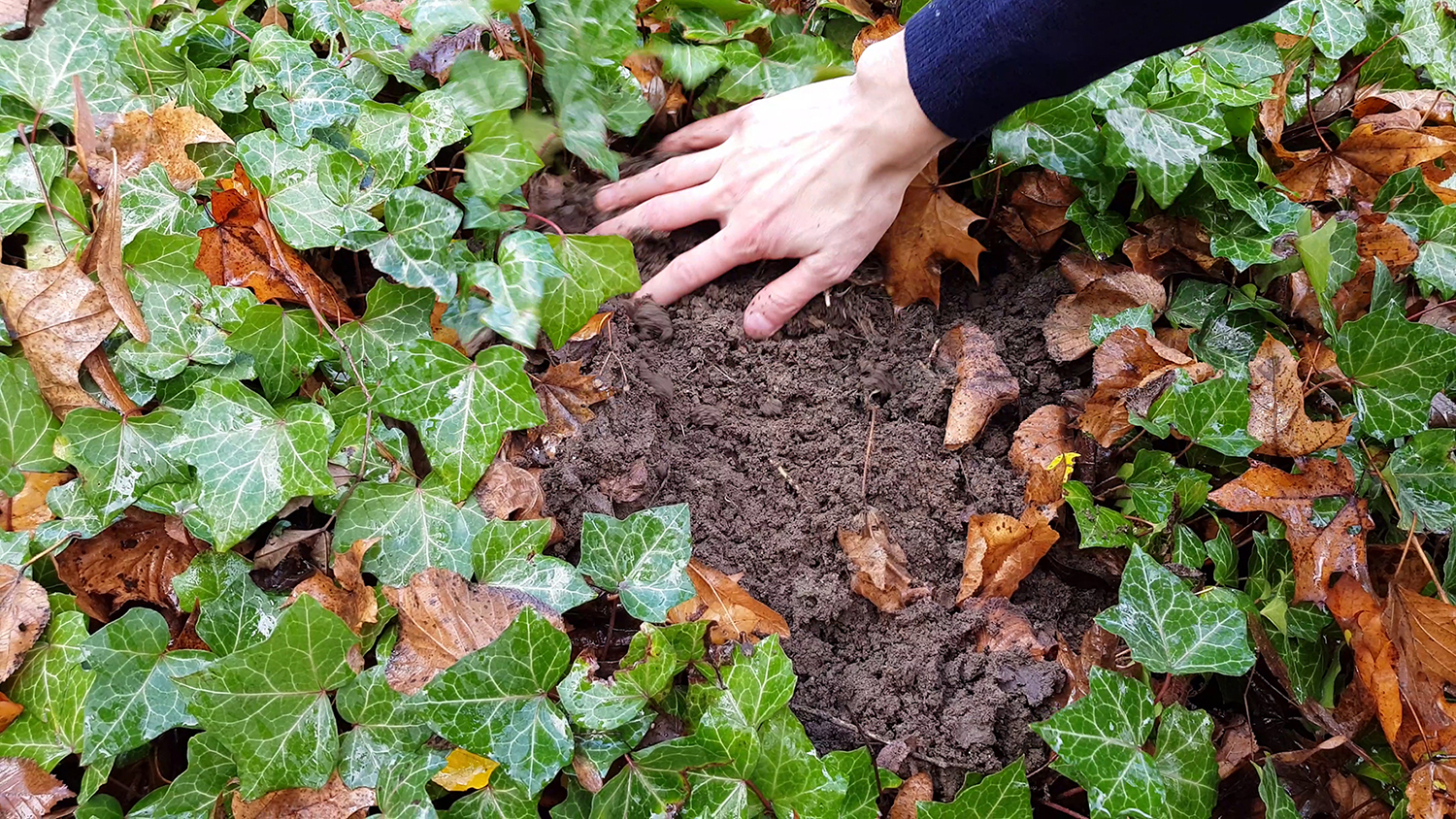

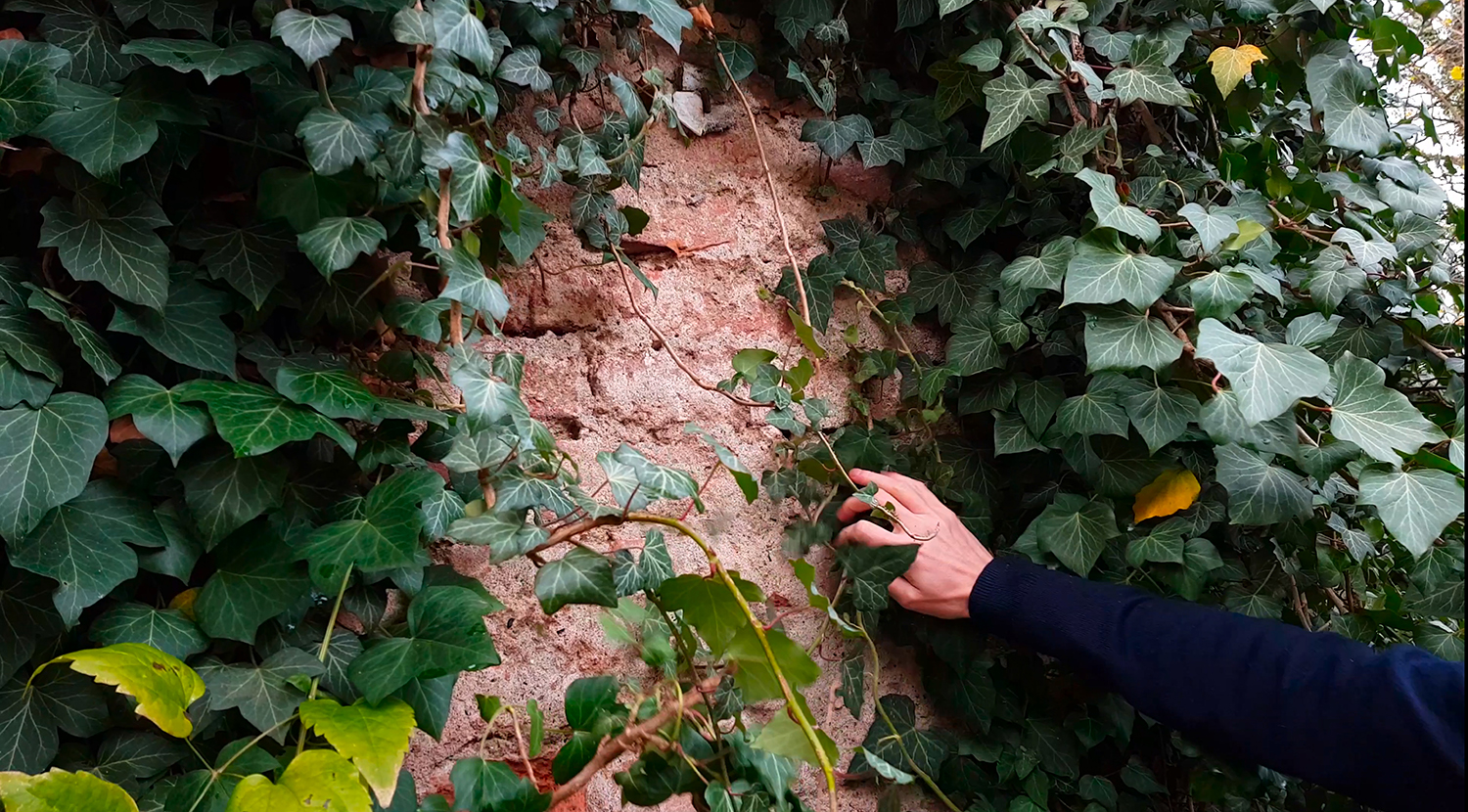
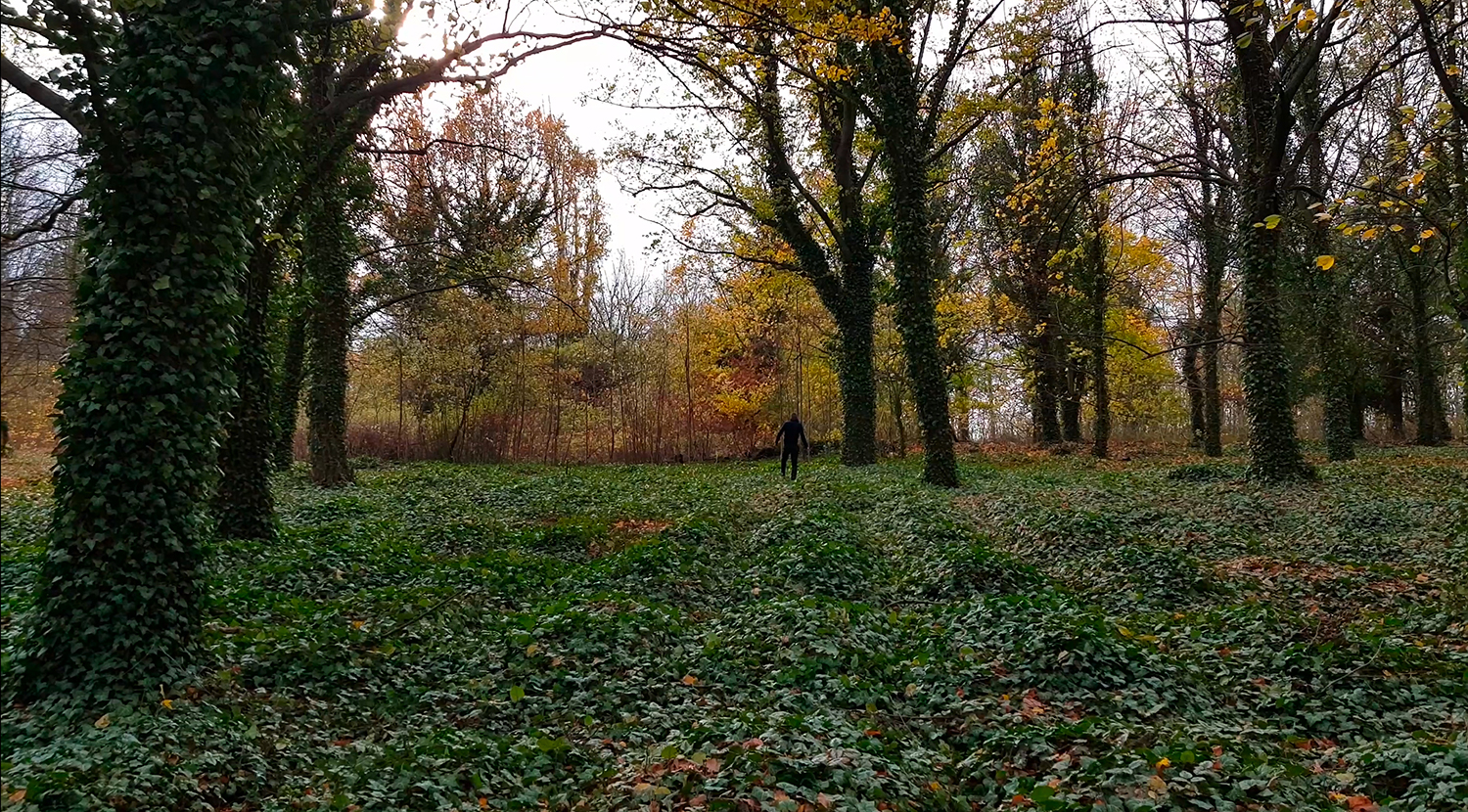
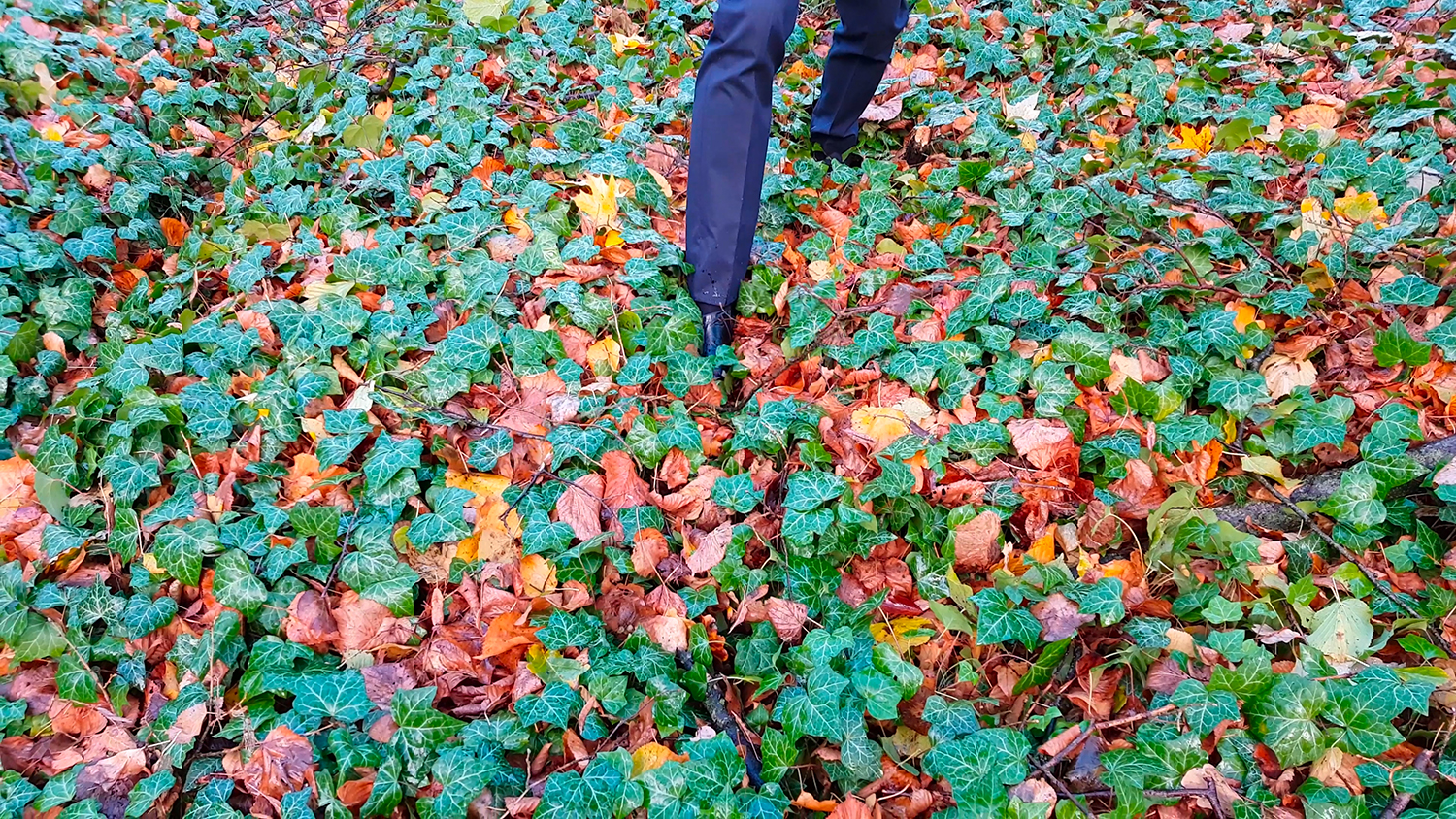
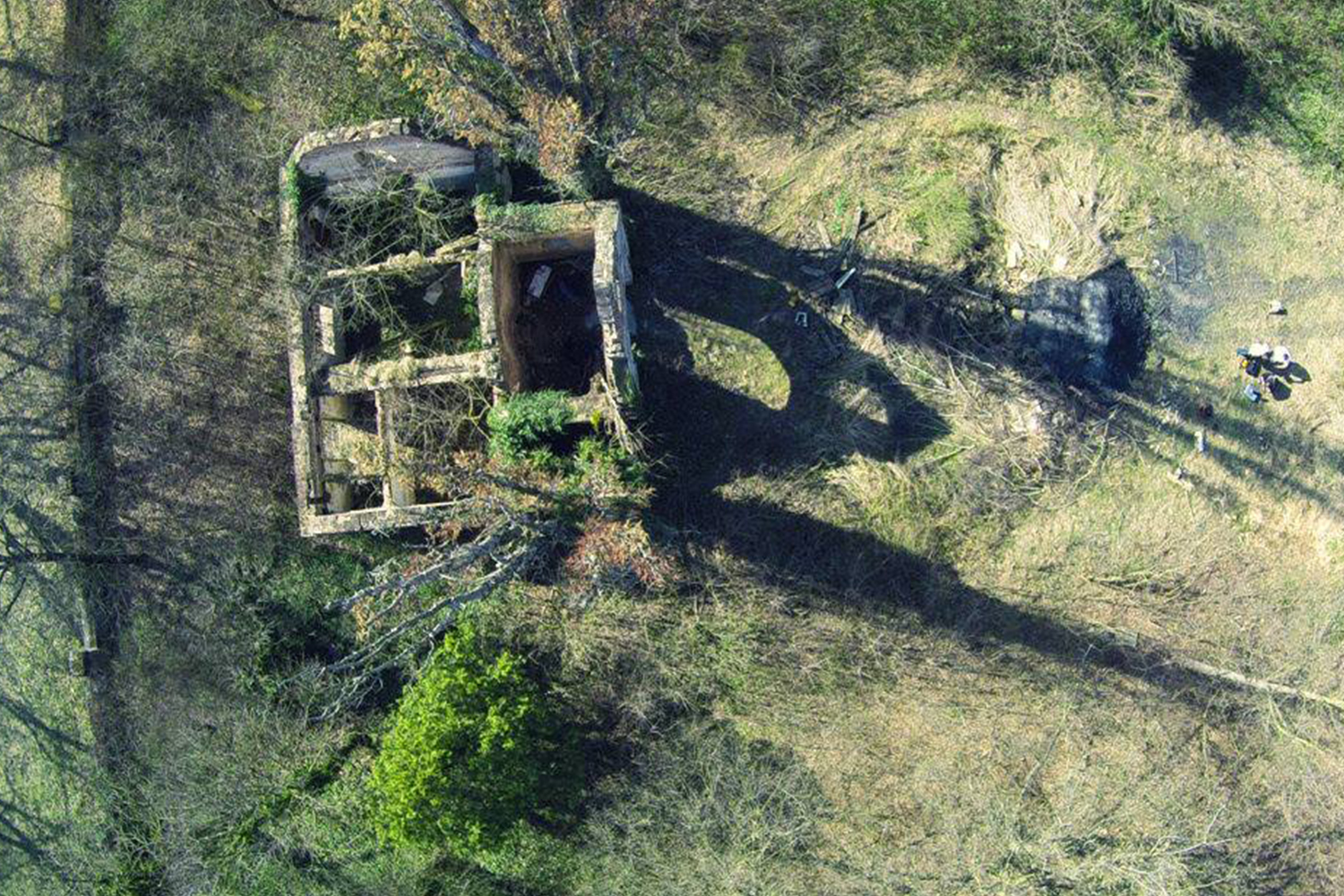
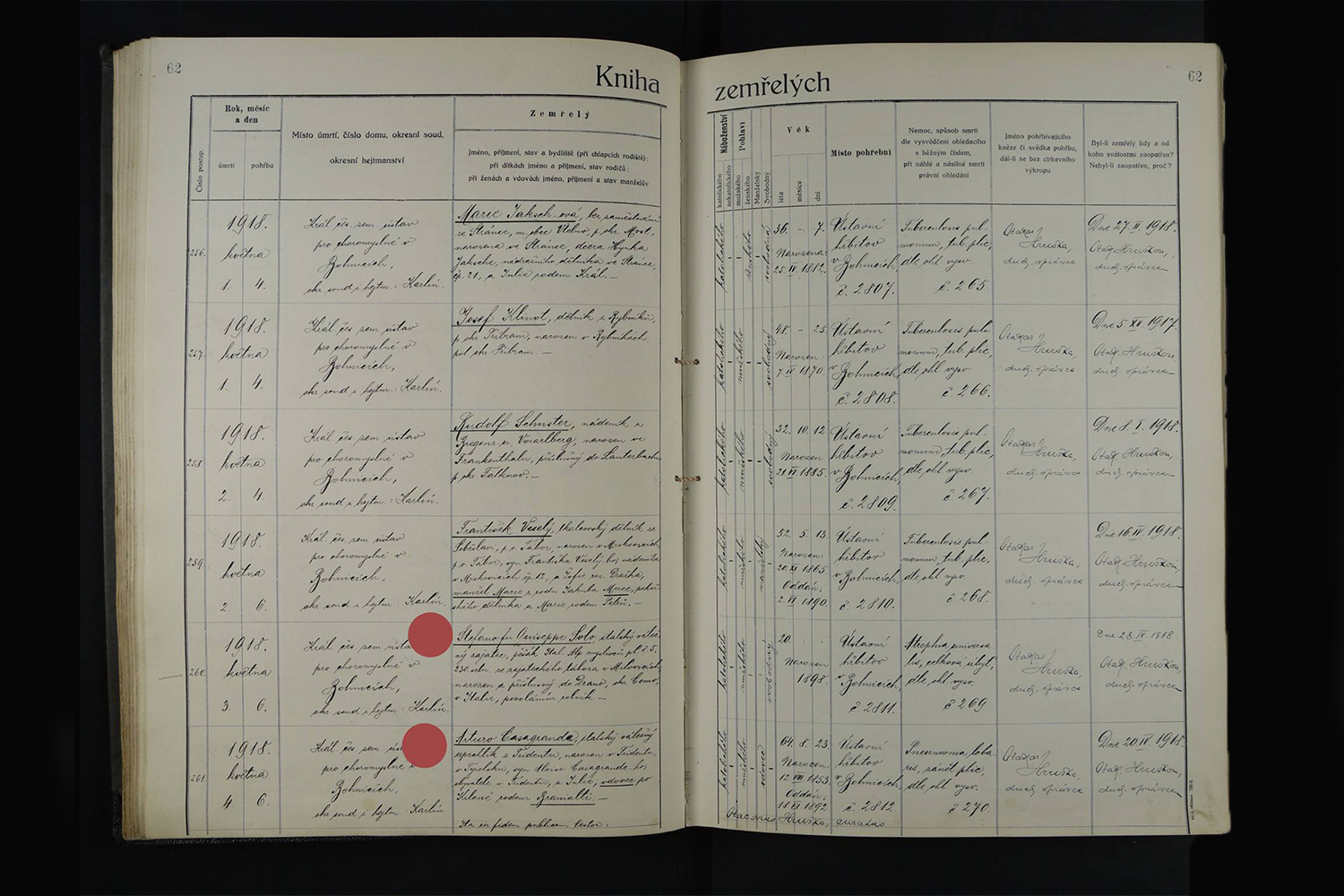

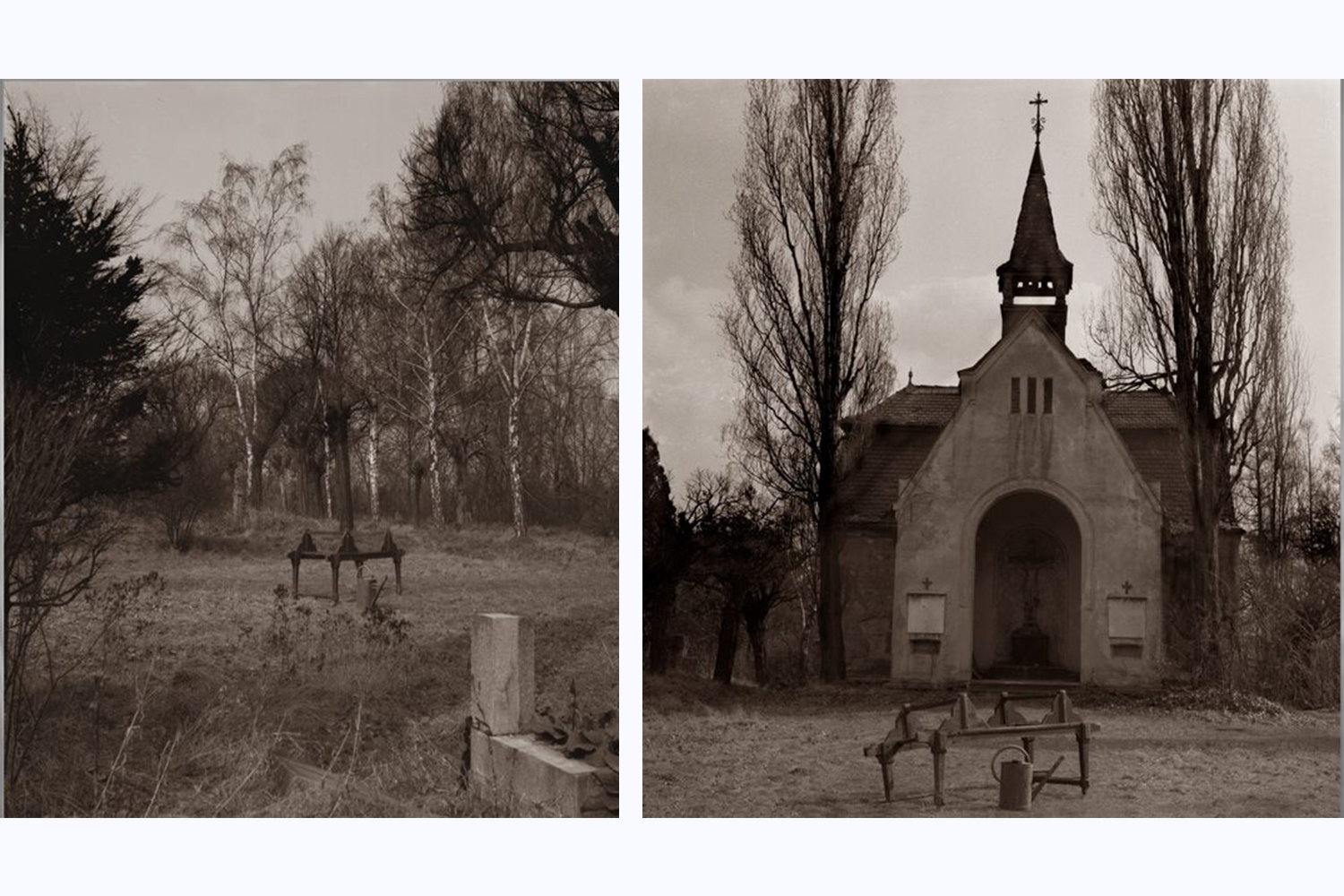
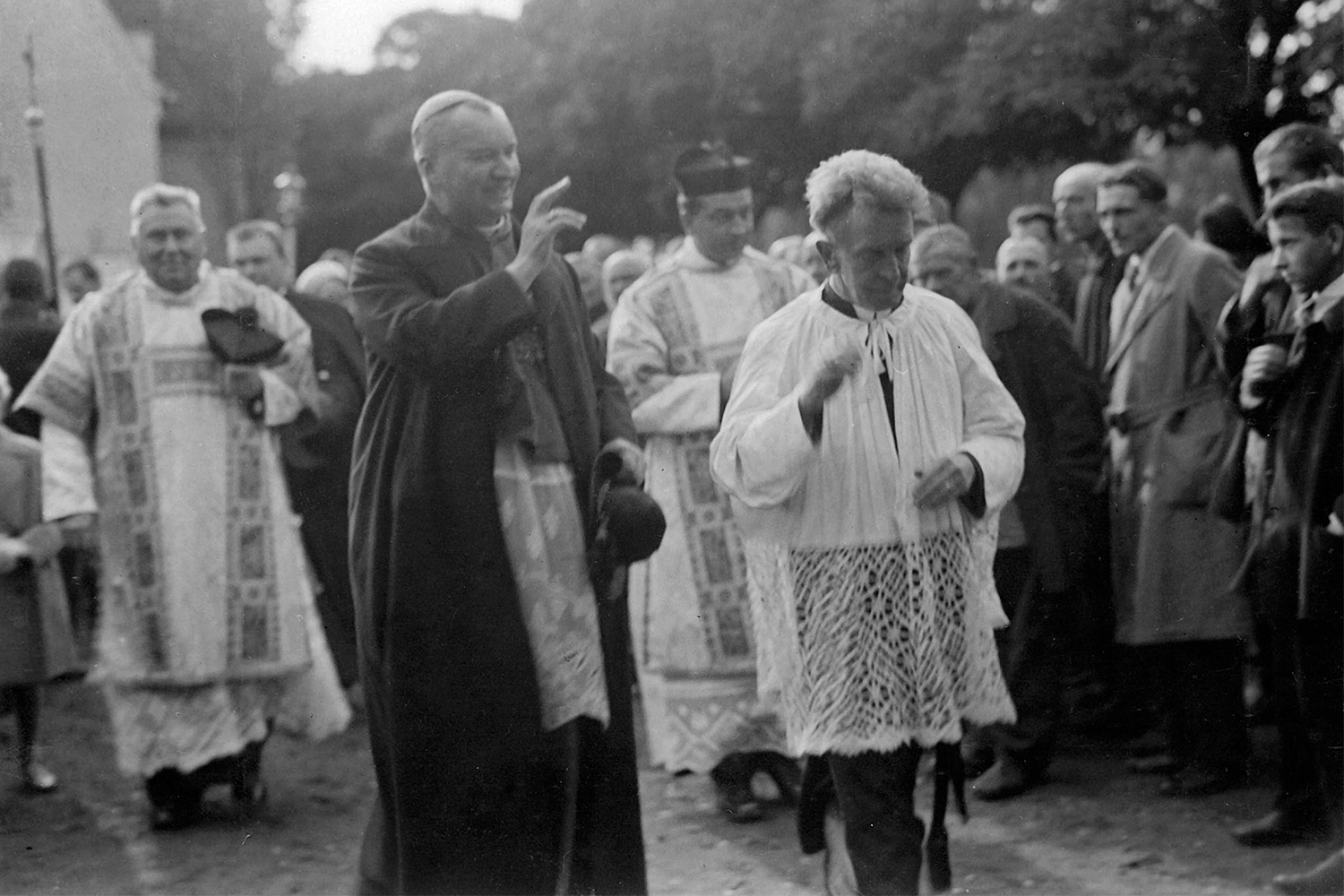
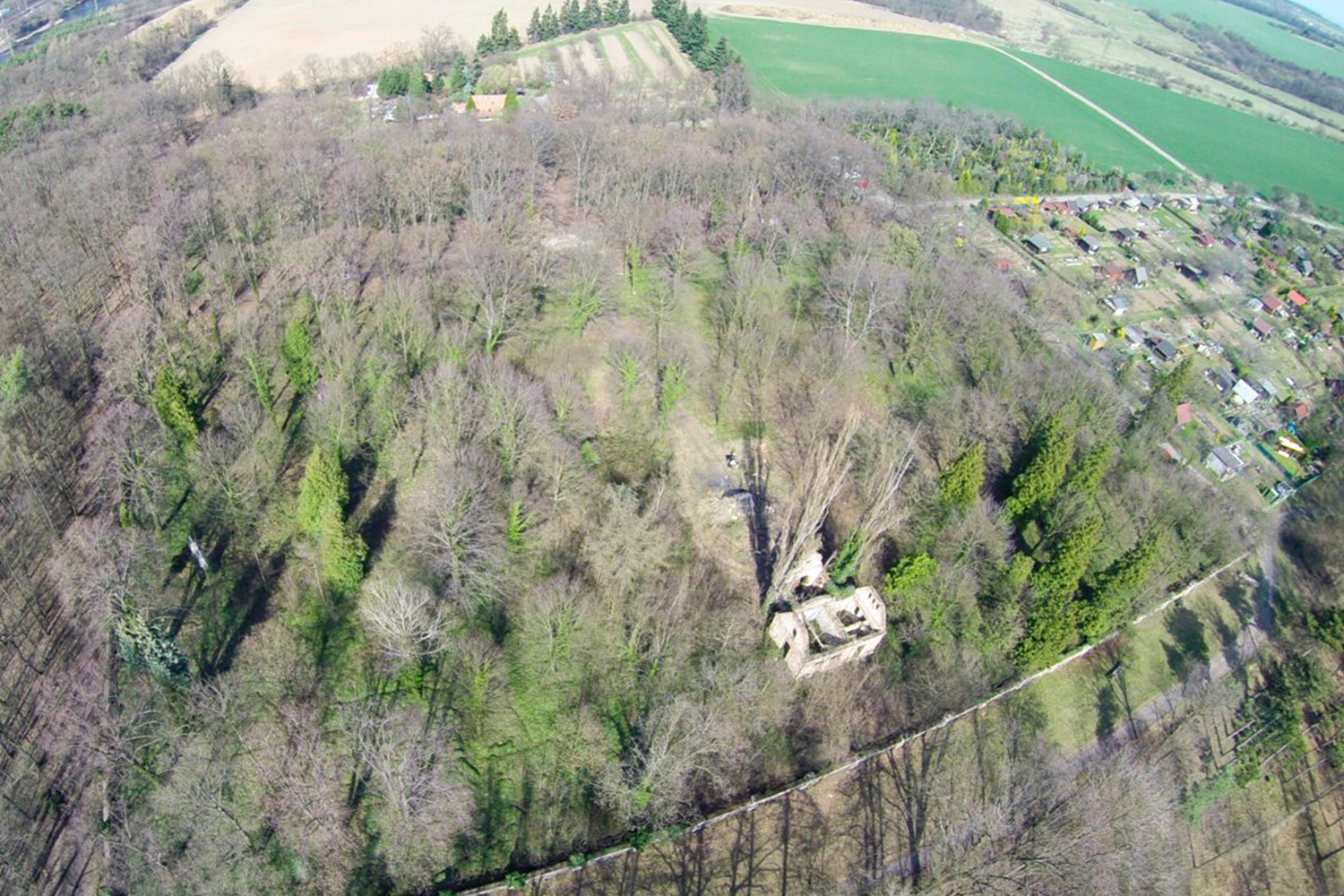
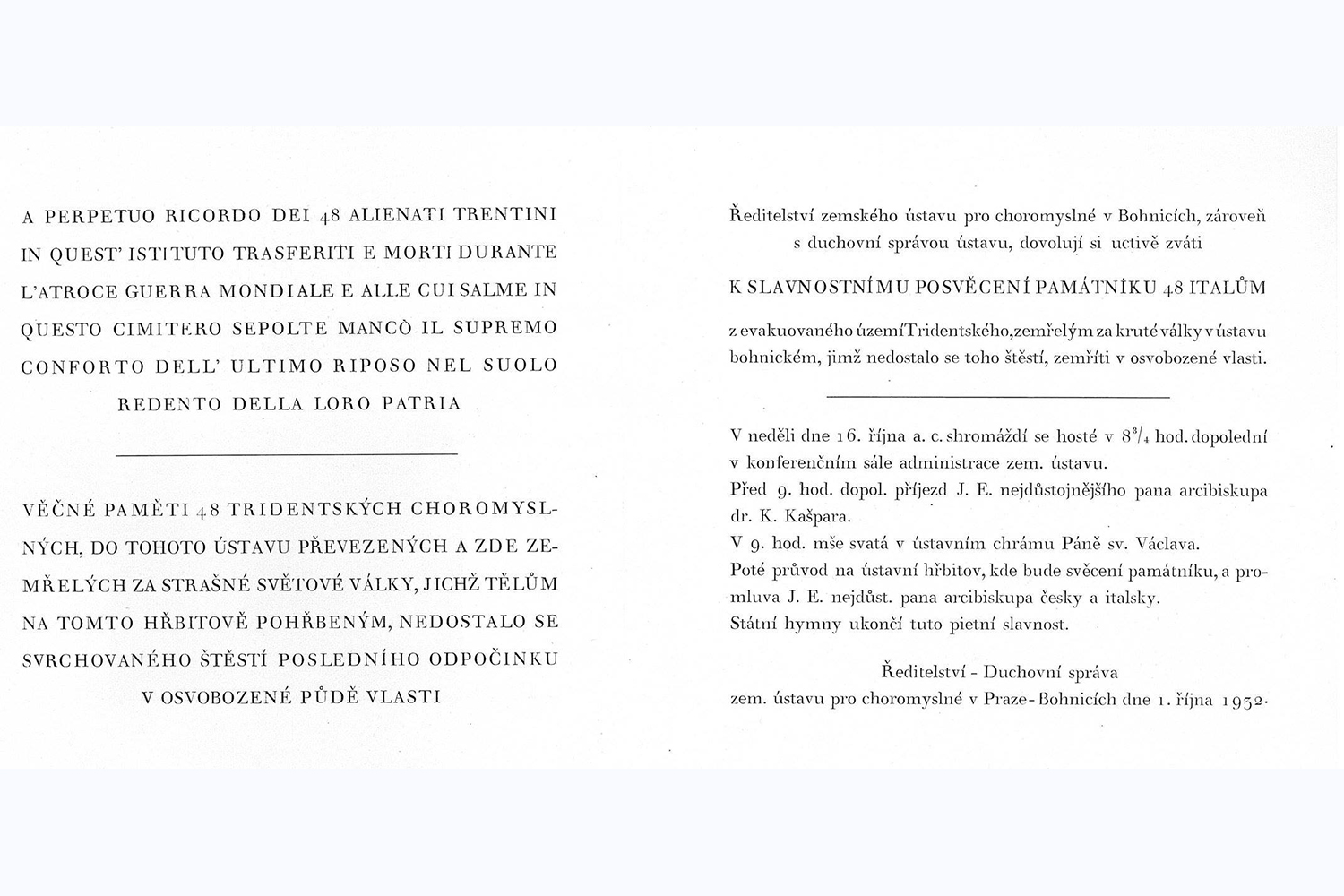
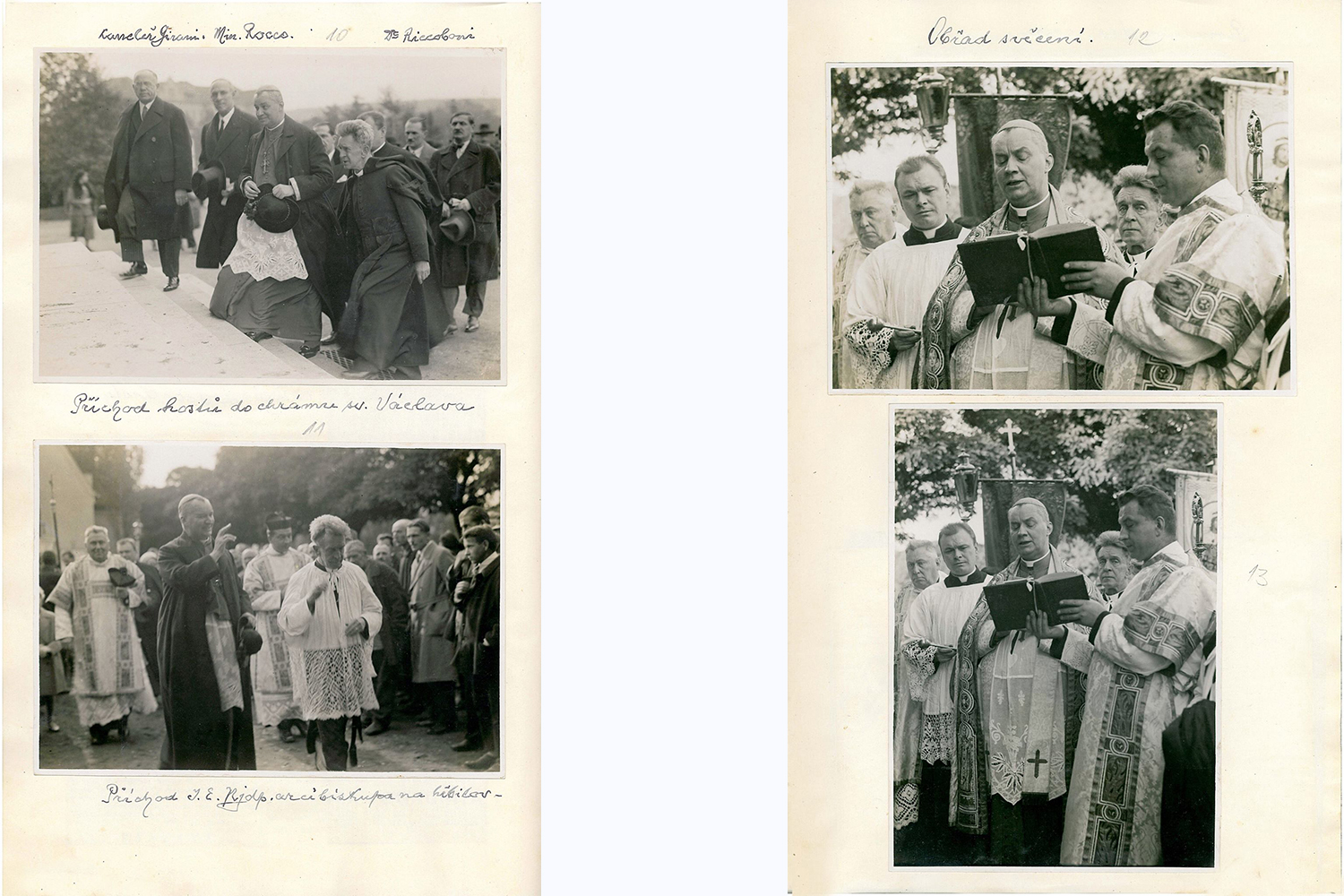
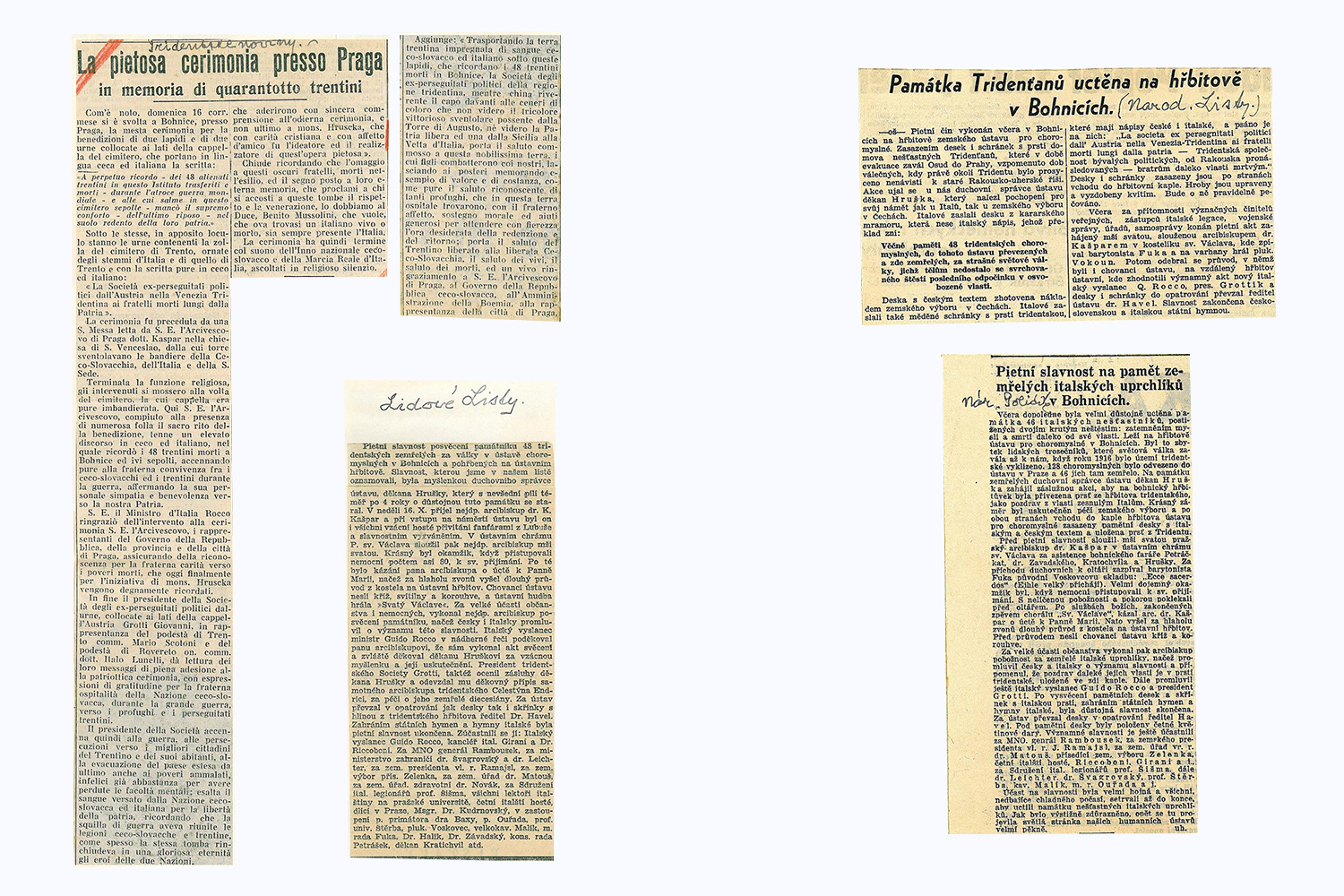

The places considered in the Krajany project are the Bohnice psychiatric hospital in Prague and the graveyard attached to it, a burial place for patients but also for First World War soldiers and people who committed suicide.
Research carried out on archives in Italy and the Czech Republic showed that in 1916, forty-eight patients from the Trento area arrived at this psychiatric hospital, transferred from Pergine Valsugana during the First World War. Places which looked after people suffering from mental problems near the front were also used for wounded soldiers but soon became full to overflowing. The emergency was addressed by transferring many of the patients to other institutions in the Austro-Hungarian Empire. All forty-eight of the Pergine Valsugana patients died within two years of being transferred to Bohnice, often due to tuberculosis, as confirmed by the registers of the archive in Prague, and were buried without any indication as to who they were, so it was not possible to identify them or their precise place of burial.
It was not until 1932 that a commemorative ceremony was held in Bohnice. Two tombstones were blessed and two urns placed on the façade of the small chapel in the cemetery. However, the ancient church was later vandalized, gravestones ruined and urns destroyed. Evidence of the belated commemoration was thus erased.
Fogarolli’s work, which initially included the historical reconstruction of these events, is based on cooperation with various institutions: the Future Center for Contemporary Art (Prague), the Bohnice Archive (Prague), the Eleutheria Foundation (Prague), and the Historical Archive of Pergine Valsugana (Trento). A study of sources has uncovered the names of the patients from the Trento area buried in the Bohemian suburb. Later on, the artist redesigned and reconstructed the gravestones and inscribed them with the forty-eight names, before moving them to the churchyard. Today the church is a ruin.
A video made by the artist documents the process: it depicts a walk on the mantle of ivy that covers the ground of the cemetery, rendered problematic by the empty spaces in the ground left by the decomposition of the corpses.
The places considered in the Krajany project are the Bohnice psychiatric hospital in Prague and the graveyard attached to it, a burial place for patients but also for First World War soldiers and people who committed suicide.
Research carried out on archives in Italy and the Czech Republic showed that in 1916, forty-eight patients from the Trento area arrived at this psychiatric hospital, transferred from Pergine Valsugana during the First World War. Places which looked after people suffering from mental problems near the front were also used for wounded soldiers but soon became full to overflowing. The emergency was addressed by transferring many of the patients to other institutions in the Austro-Hungarian Empire. All forty-eight of the Pergine Valsugana patients died within two years of being transferred to Bohnice, often due to tuberculosis, as confirmed by the registers of the archive in Prague, and were buried without any indication as to who they were, so it was not possible to identify them or their precise place of burial.
It was not until 1932 that a commemorative ceremony was held in Bohnice. Two tombstones were blessed and two urns placed on the façade of the small chapel in the cemetery. However, the ancient church was later vandalized, gravestones ruined and urns destroyed. Evidence of the belated commemoration was thus erased.
Fogarolli’s work, which initially included the historical reconstruction of these events, is based on cooperation with various institutions: the Future Center for Contemporary Art (Prague), the Bohnice Archive (Prague), the Eleutheria Foundation (Prague), and the Historical Archive of Pergine Valsugana (Trento). A study of sources has uncovered the names of the patients from the Trento area buried in the Bohemian suburb. Later on, the artist redesigned and reconstructed the gravestones and inscribed them with the forty-eight names, before moving them to the churchyard. Today the church is a ruin.
A video made by the artist documents the process: it depicts a walk on the mantle of ivy that covers the ground of the cemetery, rendered problematic by the empty spaces in the ground left by the decomposition of the corpses.
The places considered in the Krajany project are the Bohnice psychiatric hospital in Prague and the graveyard attached to it, a burial place for patients but also for First World War soldiers and people who committed suicide.
Research carried out on archives in Italy and the Czech Republic showed that in 1916, forty-eight patients from the Trento area arrived at this psychiatric hospital, transferred from Pergine Valsugana during the First World War. Places which looked after people suffering from mental problems near the front were also used for wounded soldiers but soon became full to overflowing. The emergency was addressed by transferring many of the patients to other institutions in the Austro-Hungarian Empire. All forty-eight of the Pergine Valsugana patients died within two years of being transferred to Bohnice, often due to tuberculosis, as confirmed by the registers of the archive in Prague, and were buried without any indication as to who they were, so it was not possible to identify them or their precise place of burial.
It was not until 1932 that a commemorative ceremony was held in Bohnice. Two tombstones were blessed and two urns placed on the façade of the small chapel in the cemetery. However, the ancient church was later vandalized, gravestones ruined and urns destroyed. Evidence of the belated commemoration was thus erased.
Fogarolli’s work, which initially included the historical reconstruction of these events, is based on cooperation with various institutions: the Future Center for Contemporary Art (Prague), the Bohnice Archive (Prague), the Eleutheria Foundation (Prague), and the Historical Archive of Pergine Valsugana (Trento). A study of sources has uncovered the names of the patients from the Trento area buried in the Bohemian suburb. Later on, the artist redesigned and reconstructed the gravestones and inscribed them with the forty-eight names, before moving them to the churchyard. Today the church is a ruin.
A video made by the artist documents the process: it depicts a walk on the mantle of ivy that covers the ground of the cemetery, rendered problematic by the empty spaces in the ground left by the decomposition of the corpses.


